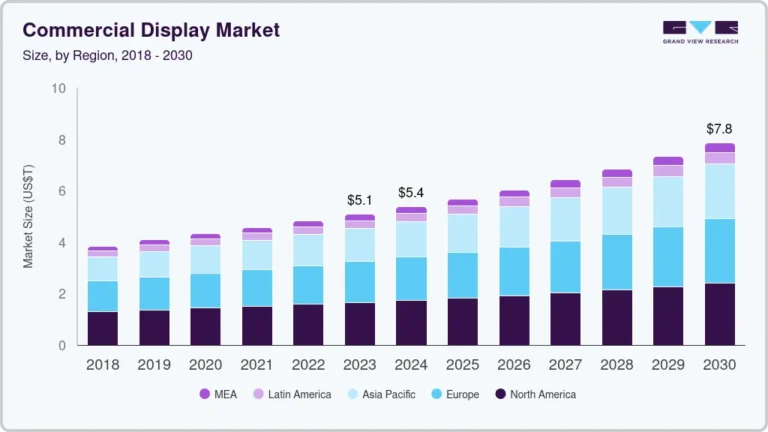Aviation Connector Market Size, Share & Trends Analysis growing at a CAGR of 7.1% from 2025 to 2030

The global aviation connector market size was estimated at USD 5.6 billion in 2024 and is projected to grow at a CAGR of 7.1% from 2025 to 2030. The increasing demand for advanced avionics systems and expanding commercial and military aircraft fleets are the major driving factors promoting market growth. Developments such as lightweight, high-speed, and high-power connectivity solutions enhance operational efficiency, further supporting their adoption across the aviation industry.
Request a free sample copy or view report summary: https://www.grandviewresearch.com/industry-analysis/aviation-connectors-market/request/rs1
The widespread application of aviation connectors across aircraft lighting, user power systems, seat actuators, and intelligent peripheral devices is driving the market. These connectors ensure reliable power and data transmission across critical aircraft systems. Leading manufacturers are introducing rugged connectors to withstand harsh operating conditions, including extreme temperatures, vibration, and environmental hazards. For instance, lightweight modular connectors with coaxial, high-speed Ethernet, and optical contacts are being integrated into aircraft cabin and avionics systems to enhance reliability and performance. In addition, the growing procurement of military and defense aircraft has increased the demand for sturdy, vibration-resistant connectors that ensure stable electrical connections for avionics and engine functionality.
Advancements in connector technology are improving performance, miniaturization, and durability, making them an essential part of modern aircraft systems. Aviation connectors support critical components such as power distribution, cockpit controls, in-flight entertainment systems, and avionics architecture, ensuring seamless functionality. The growing emphasis on passenger experience, particularly in business class, has further encouraged the demand for connectors in infotainment and communication systems. In addition, integrating avionics, power systems, landing gear, and control panels with advanced connectors ensures safety and operational efficiency. With the ongoing expansion of commercial and defense aviation sectors, the adoption of aviation connectors is expected to grow steadily.
Type Insights
Fiber optic connectors dominated the aviation connector market, accounting for a 29.6% share in 2024. These connectors are essential for high-speed data transmission, particularly in modern aviation systems requiring enhanced communication and avionics performance. Their ability to overcome bandwidth and distance limitations makes them a preferred choice in next-generation aircraft. In addition, the adoption of fiber optic connectors in telecommunication technologies, such as FTTx applications, further supports market expansion. Owing to the progressive reliance of aircraft on advanced networking solutions, the demand for fiber optic connectors is expected to remain strong.
High-power connectors are projected to register the highest growth rate over the forecast period. These connectors play a crucial role in power distribution within aircraft, supporting critical applications such as engines, avionics, and lighting systems. The rising need for high-efficiency electrical systems and power management technology advancements drive the demand for high-power connectors. In addition, their ability to withstand extreme environmental conditions, such as high temperatures and vibrations, makes them essential for commercial and military aircraft. With increasing electrification trends in aviation, this segment is expected to grow substantially.






